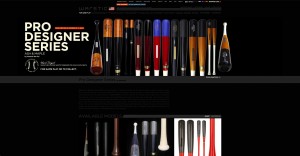Welcome to AIGA Baltimore’s first installment of our Designers for Good interview series, featuring conversations with designers who work in the field of social innovation.
Our first interview is with Liz Danzico – part designer, part educator, and full-time dog owner. She is also creative director for NPR, overseeing and guiding both the visual and user experience across NPR-branded digital platforms and content. Liz is chair and co-founder of the MFA in Interaction Design program at the School of Visual Arts. She has written for design-minded publications, including Eye Magazine, Fortune Magazine, Interactions Magazine, and writes part time at bobulate.com.
What is your background?
I started out thinking I’d be a writer, but absolutely fell for work in the digital space when those positions first started emerging. Today, I’m creative director for NPR, whose mission is to work in partnership with member stations to create a more informed public. I’m the founding chairperson of the MFA Interaction Design program at the School of Visual Arts, one of the world’s top design schools. On the side, I advise startups, nonprofits, and global companies. Because my background is in writing, I continue that work by writing talks and writing for design-minded publications, and on my own site, bobulate.com. My very first job after college was as an English teacher in Japan, an experience I still think helped me be human-centered in my design practice.
You are founding chairperson of the MFA in Interaction Design Program at SVA in addition to advising various startups, nonprofits and global companies. How have your varied interests and experiences informed your role as the first creative director at NPR.
I used to joke that when people asked what I did, I responded in one long run-on sentence with too many commas. I joked because, quite honestly, I was a bit self-conscious about my many side projects across teams and fields. Someone eventually pointed out that perhaps this wasn’t a deficit, but a feature. Perhaps keeping multiple projects in one’s head and lateral thinking was my talent. So I started taking roles that took advantage of that, which required me to do that. This is all to say that being responsible for design across platforms, products, and divisions draws upon that very skill.
You may not define yourself as a social designer, but your roles as creative director at NPR, a non-profit whose mission is to create a more informed public, an educator, and consultant to mission-based organizations are contributing to the improvement of society, students and non-profits. How do you think design can work to address social problems or further social causes, and do you see any or all of your roles in this light?
Design has the power to make people’s lives better. If we ask how can we give the people we design for a sense of hope, empowerment, strength, and make their lives a bit better than they were before, then we are using design to address social problems no matter what they scale. This is the kind of work I’ve tried to chase down in my career. Work that helps to improve people’s lives, helps them be more informed, more empowered in their careers, get the basic human services they need, helps improve cities, financials, our government services. Design and its uniquely human-centered approach has the potential to affect and improve everyday life.
Where do you see the field of interactive design moving in the future? (And if you are comfortable answering, how could this apply to the field of social design?)
It used to be that interactive referred to only that sliver of business that wanted a simple website. Over the course of years, it’s now hard to find a thing or a place that isn’t touched by some kind of interactive design. Looking ahead, we’ll start to see more and more complex problem spaces being affected by interactive design.
What advice would you give a designer interested entering the interactive design field?
Read the new “LEAP Dialogues: Career Pathways in Design for Social Innovation,” which in full disclosure, I was a co-editor on. In it, 84 practitioners and educators weigh in on the role of social impact design in a changing market and world through interviews conversations, essays, and case studies. Next, read Khoi Vinh’s book, “How They Got There,” which talks about the paths of 14 digital designers. This is important as, for a field that’s still relatively young, the field is still inventing itself. It’s useful to see how some of the most important designers got their start. After reading both, consider where you want to do interactive work. Then, and most importantly, look for great people you can learn from. No matter what field you want to enter, it will be the people who surround you who make your career. Find people who inspire you, and head in their direction.
What are your favorite projects and why?
The MFA Interaction Design Program at SVA. Starting this graduate program been one of the more rewarding parts of my career to build a graduate program, which is truly building a community of people, then watching them change the world.
NPR One. Working on this storytelling platform has been one of the more challenging and broadly influential projects in my career, and I’ve learned more deeply what it means to do product design.
Bobulate. This is my personal site and a place where I get to be entirely myself through writing.
What is a surprise you have encountered over the course of your career?
People who are top of their field are generally the ones who are most willing to help and/or the first to respond to your request, no matter who you are.
What are 1-3 challenges you have encountered over the course of your career?
I’ve always had a problem saying no. But over the course of years, I’ve learned to be grateful that I have so many opportunities to say no to! So it’s a challenge, but a welcome one. Perhaps relatedly, I have worked to maintain balance in my life. Balance between work and play; between travel and home; between impactful work and work that pays the bills. But the truth is: there is no “between.” Once I realized that it’s all part of my life, rather than thinking about it as some intricate balancing game, it all started coming together. But it’s a lifetime of learning.

About Design for Good
Design for Good is a platform to build and sustain the implementation of design thinking for social change. This platform creates opportunities for designers to build their practice, their network, and their visibility. Design for Good recognizes the wide range of designers’ work and leadership in social change which benefits the world, our country and our communities.
Design for Good supports and sustains designers who play a catalytic role in communities through projects that create positive social impact. By connecting and empowering designers through online networking tools, inspirational stories, chapter events, training, national advocacy and promotion, Design for Good serves as a powerful resource for designers who wish to work in this area and a beacon for designers leading the charge.
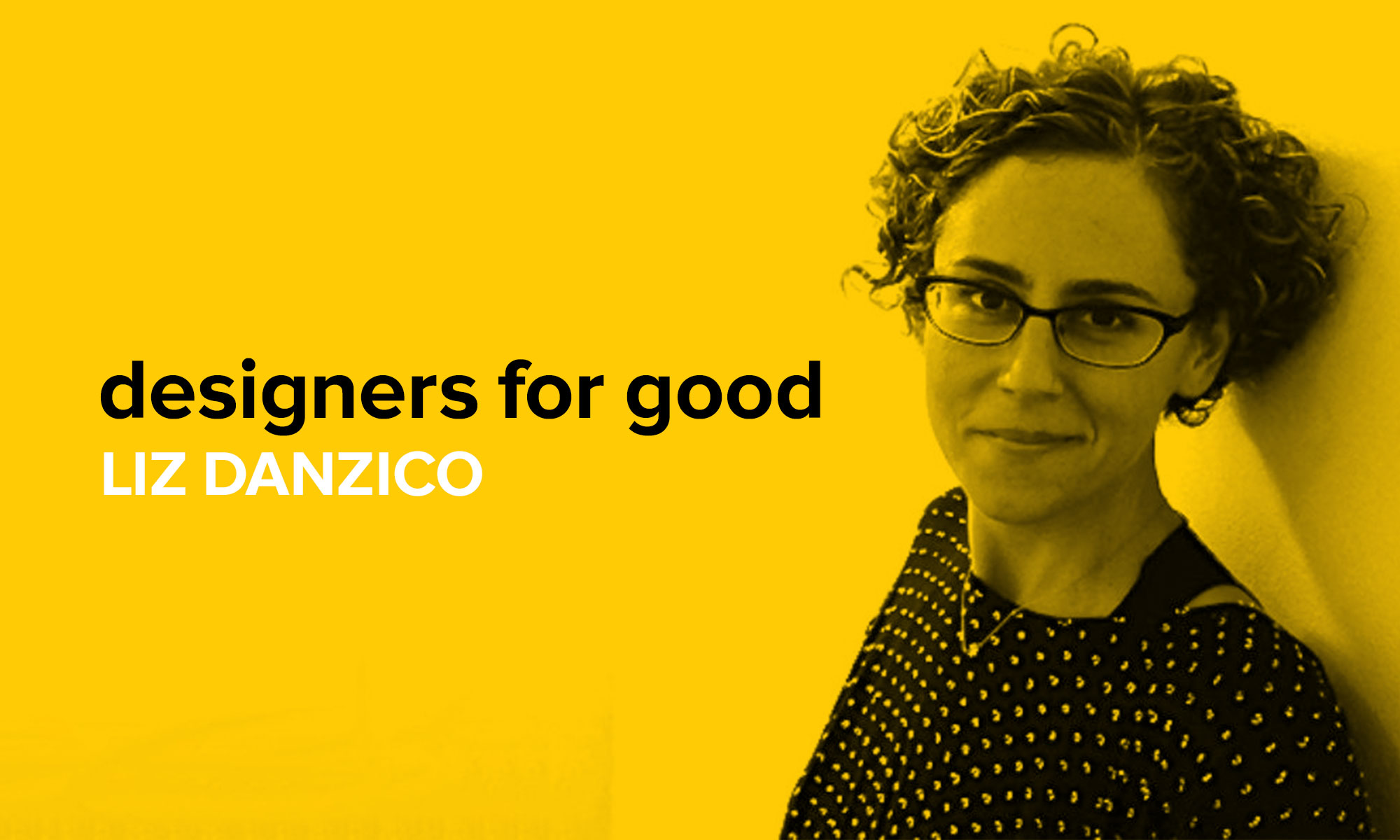
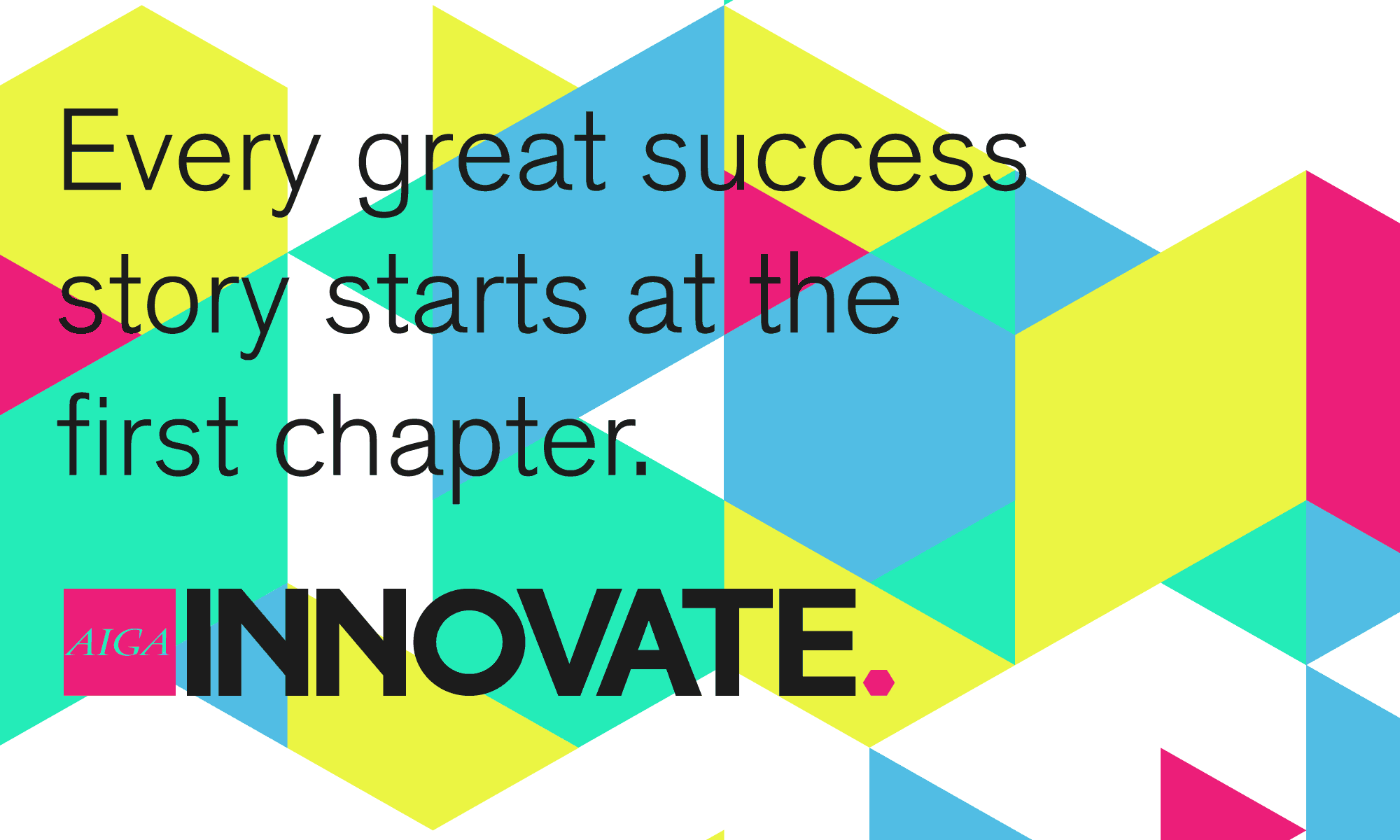
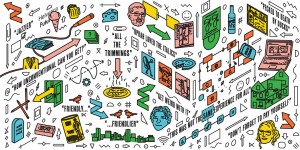
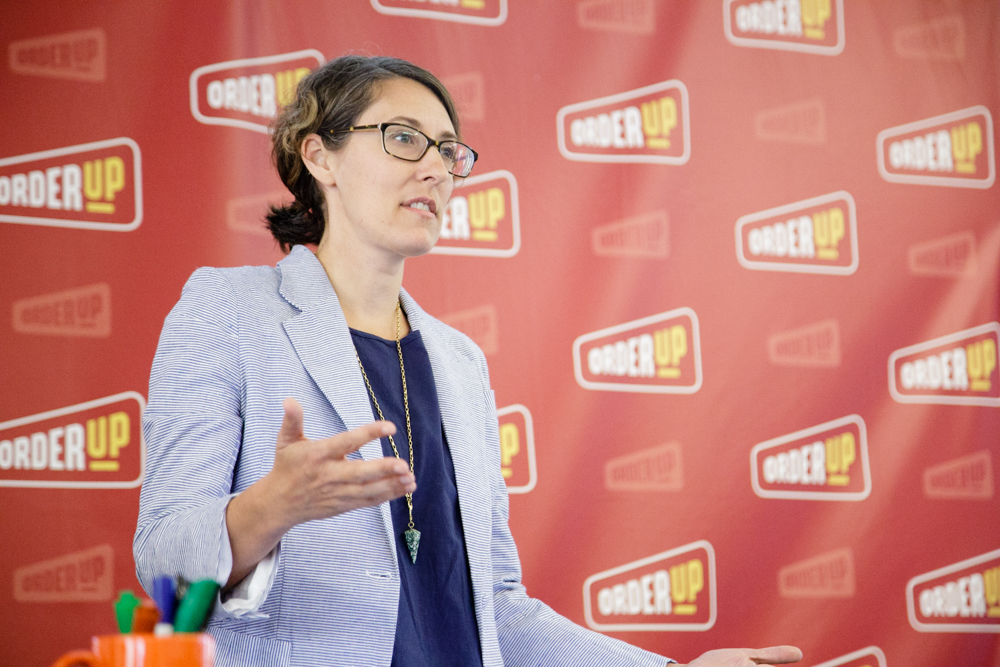
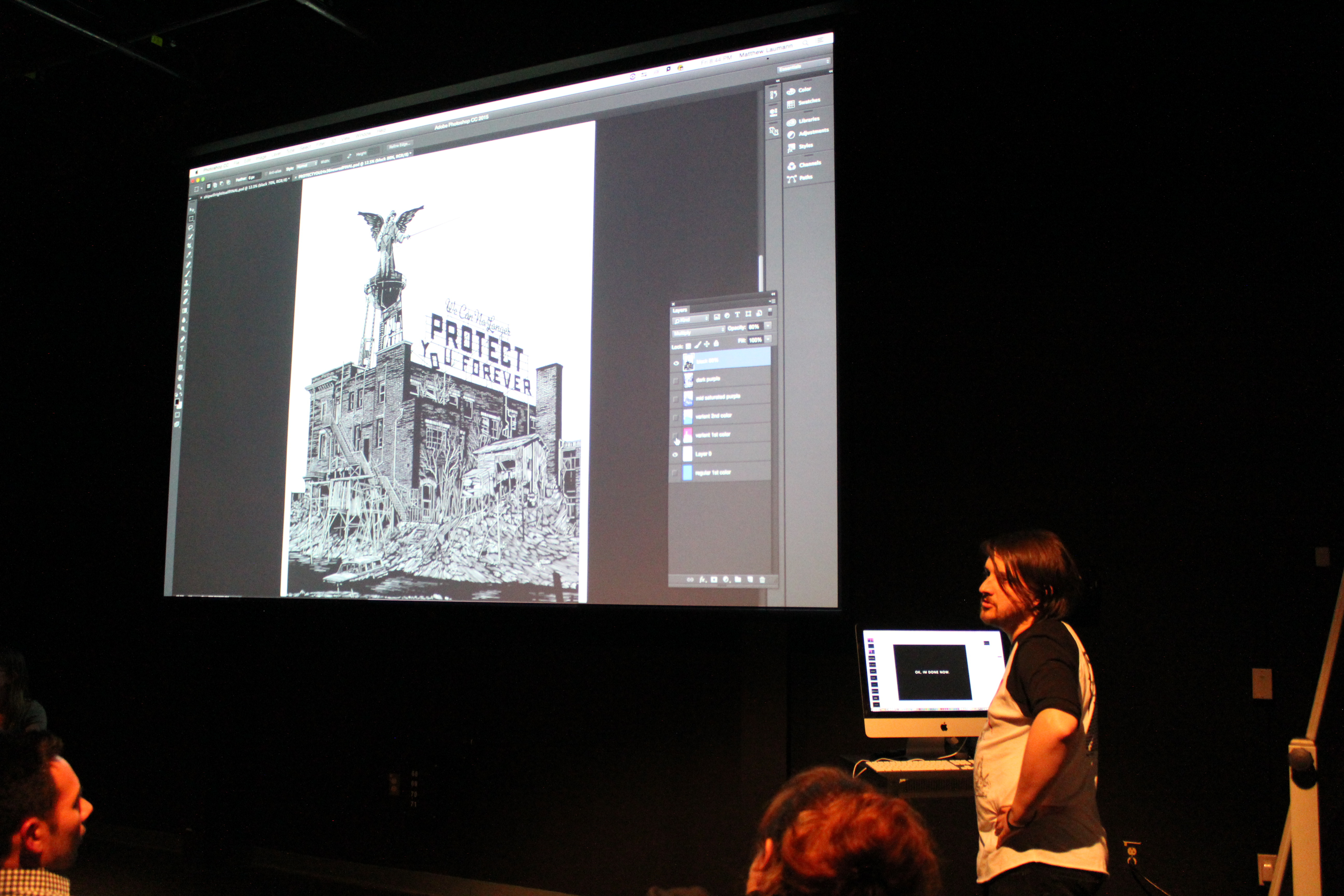
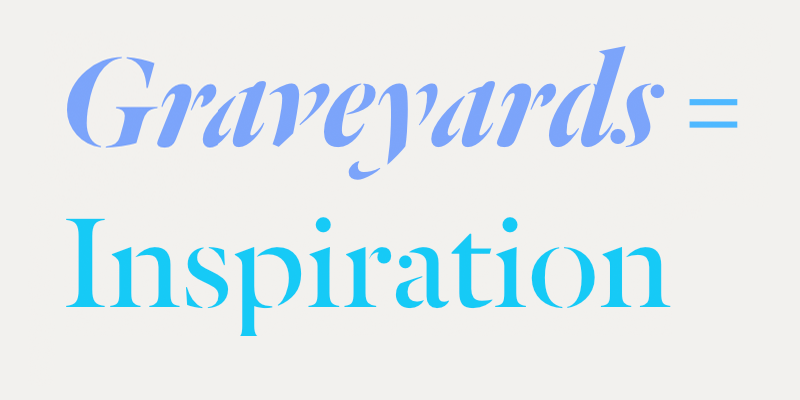
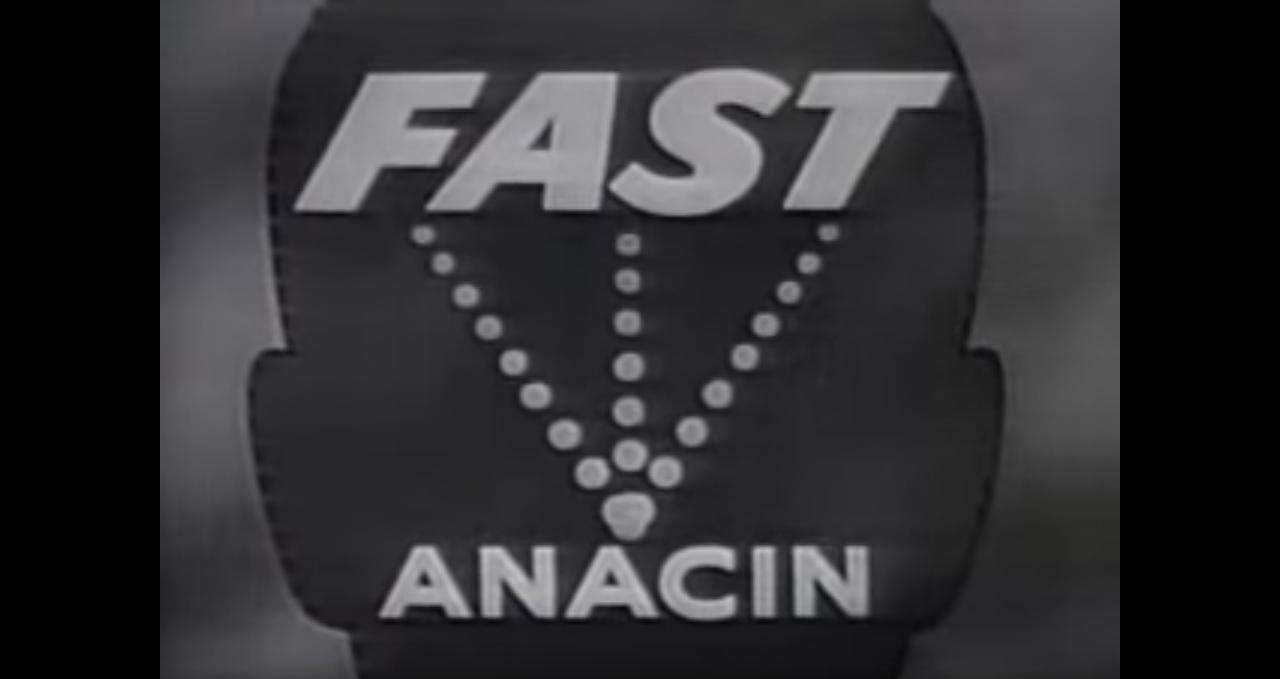
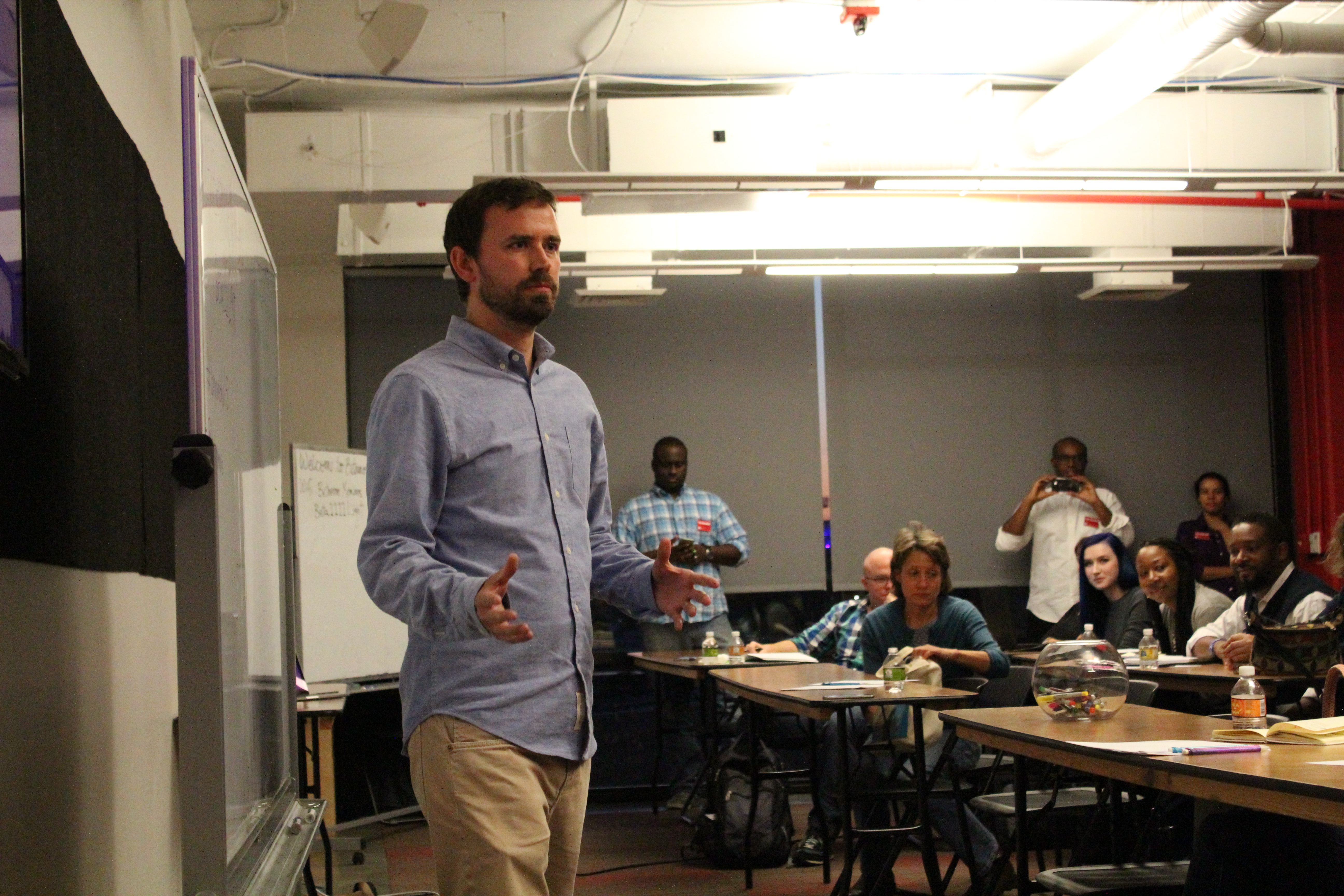
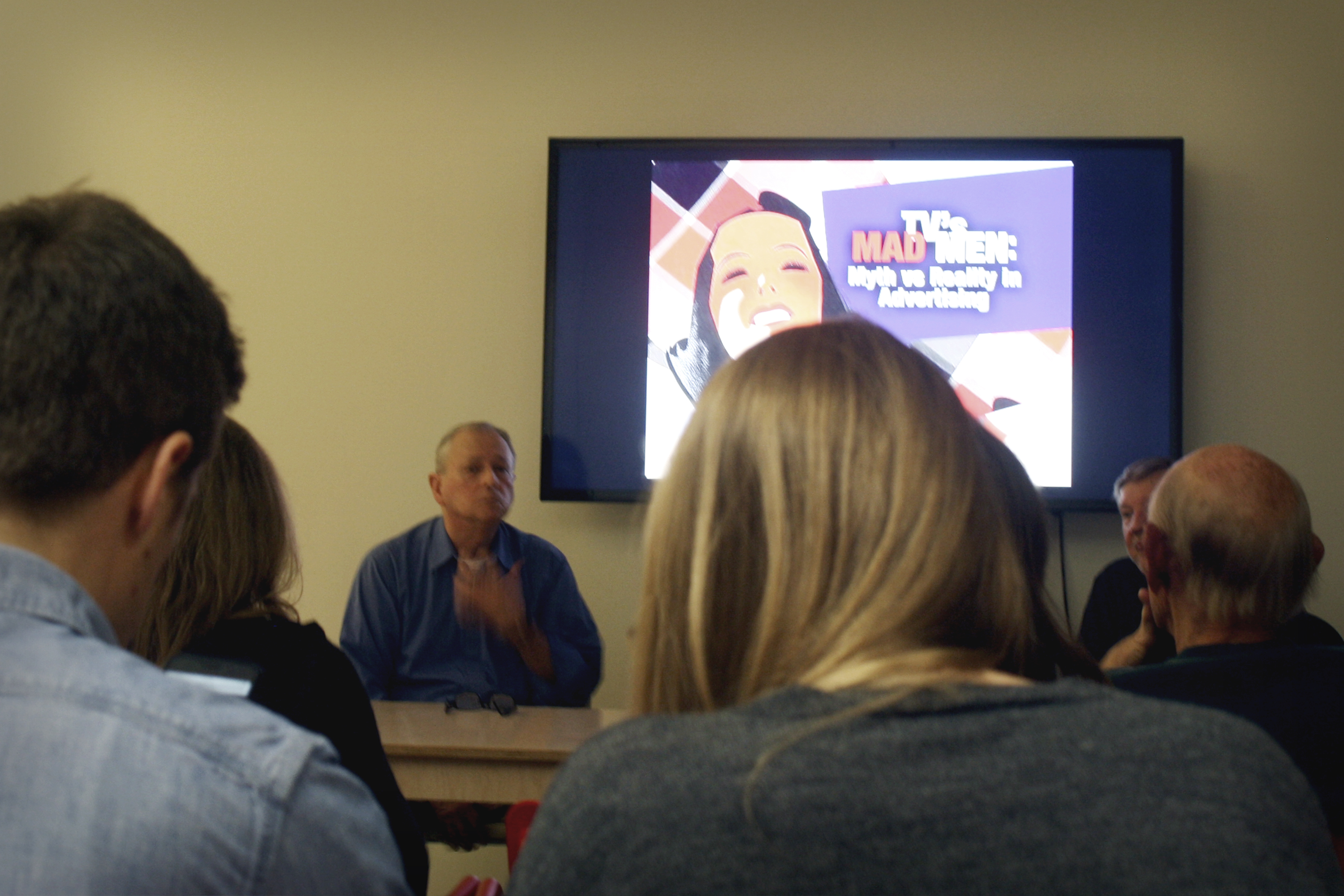
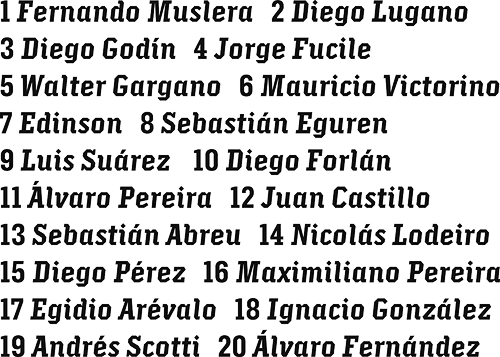
 The new AIGA Baltimore logo
The new AIGA Baltimore logo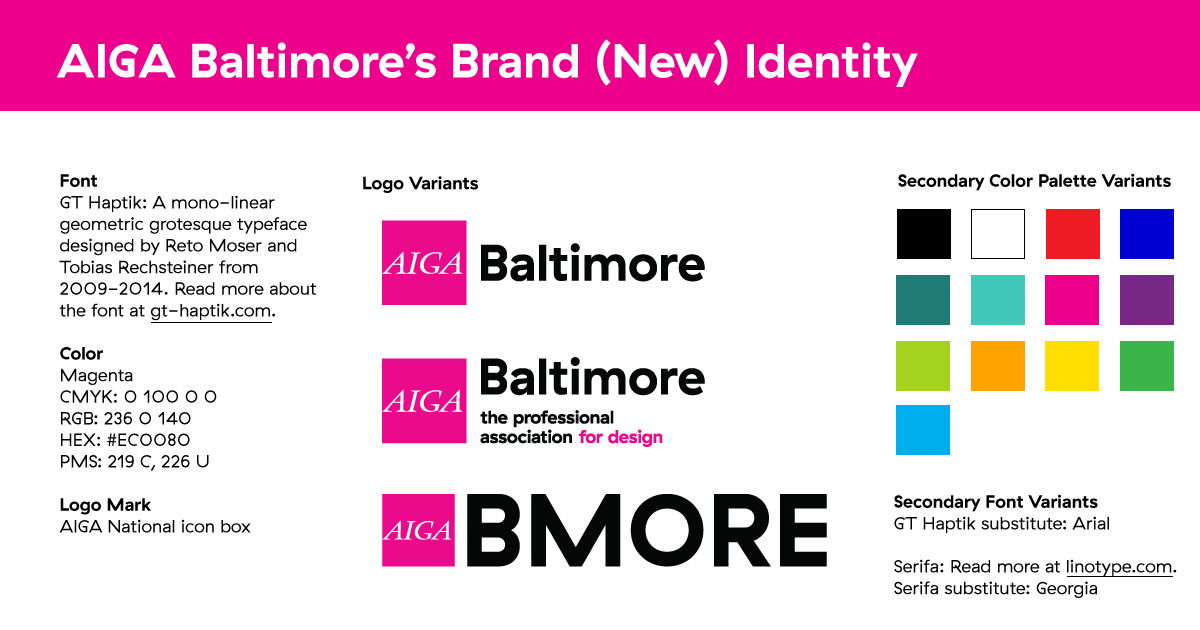 AIGA Baltimore’s Brand (New) Identity Guide
AIGA Baltimore’s Brand (New) Identity Guide

